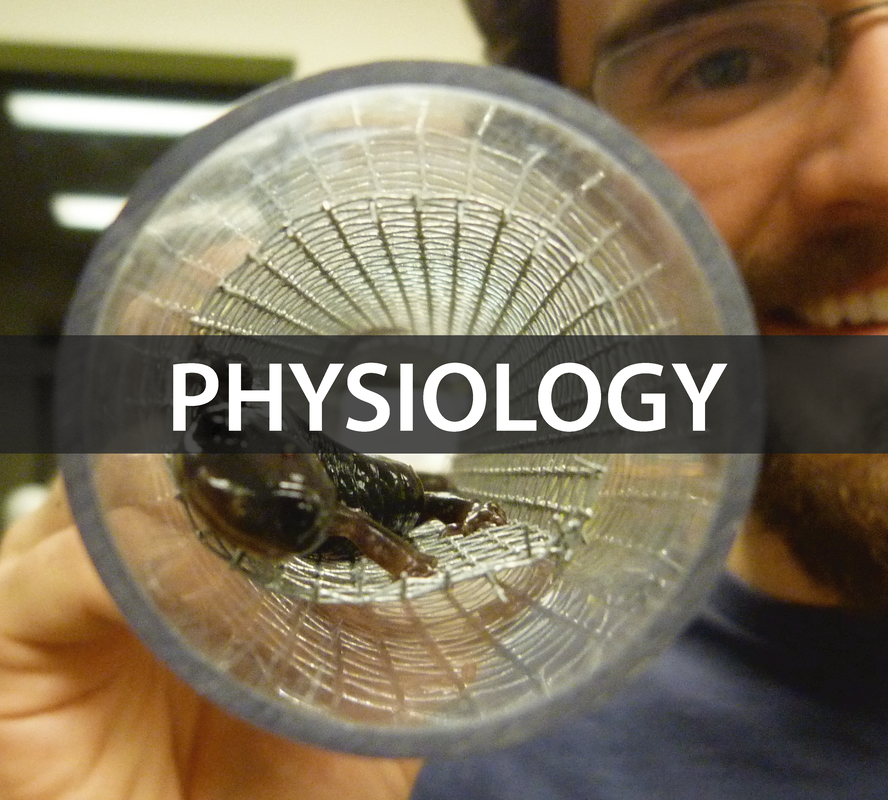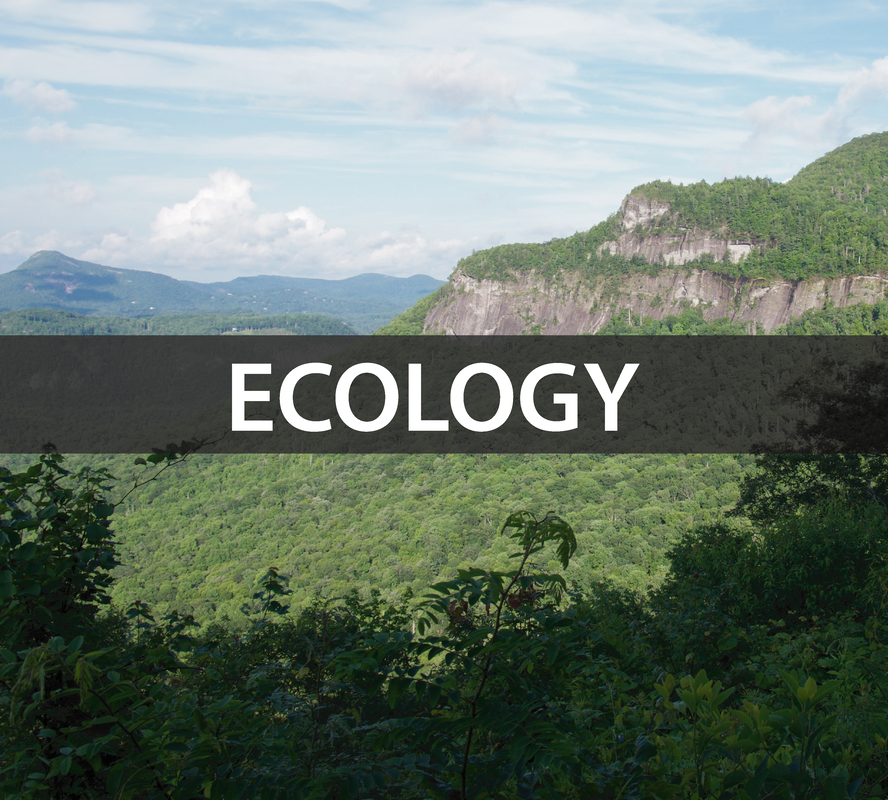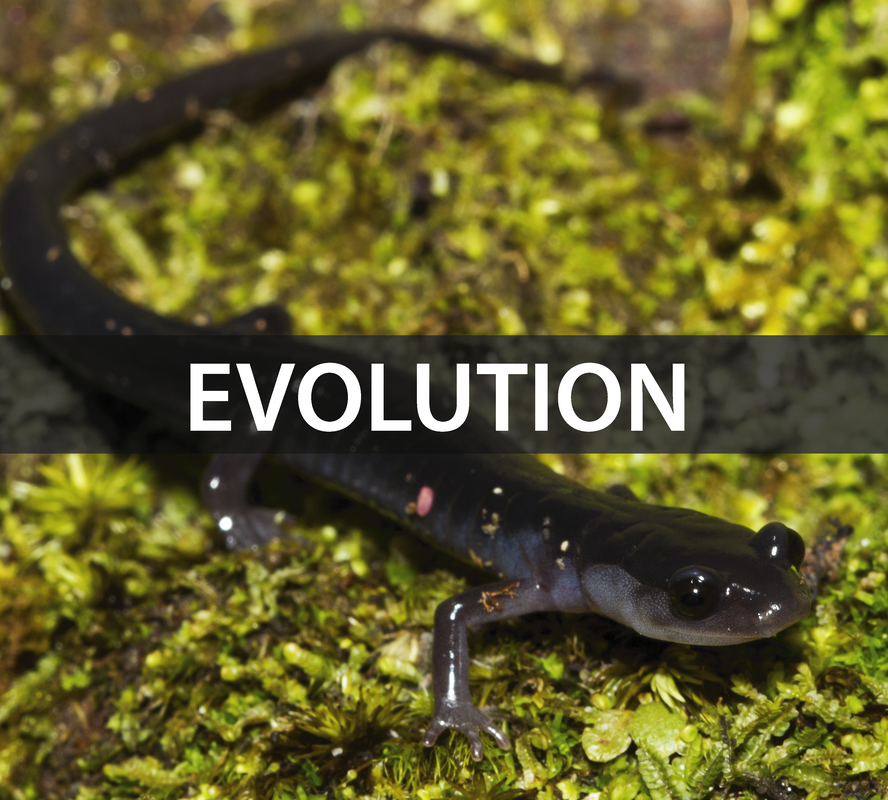We study organisms to understand (1) the mechanistic underpinnings of the niche, (2) the processes that drive climate vulnerability, and (3) the interactions between the genome and phenome that determine fitness.
I combine physiological experiments on animals with simulation-based models to explore the ecological and evolutionary consequences of variation in physiology across landscapes and through time. At the molecular level, I use functional genomics to understand relationship between genes and organismal responses to environmental change. Together, these approaches provide an integrative understanding of biological systems, from genes to geography. Read more by clicking on a discipline!
I combine physiological experiments on animals with simulation-based models to explore the ecological and evolutionary consequences of variation in physiology across landscapes and through time. At the molecular level, I use functional genomics to understand relationship between genes and organismal responses to environmental change. Together, these approaches provide an integrative understanding of biological systems, from genes to geography. Read more by clicking on a discipline!


